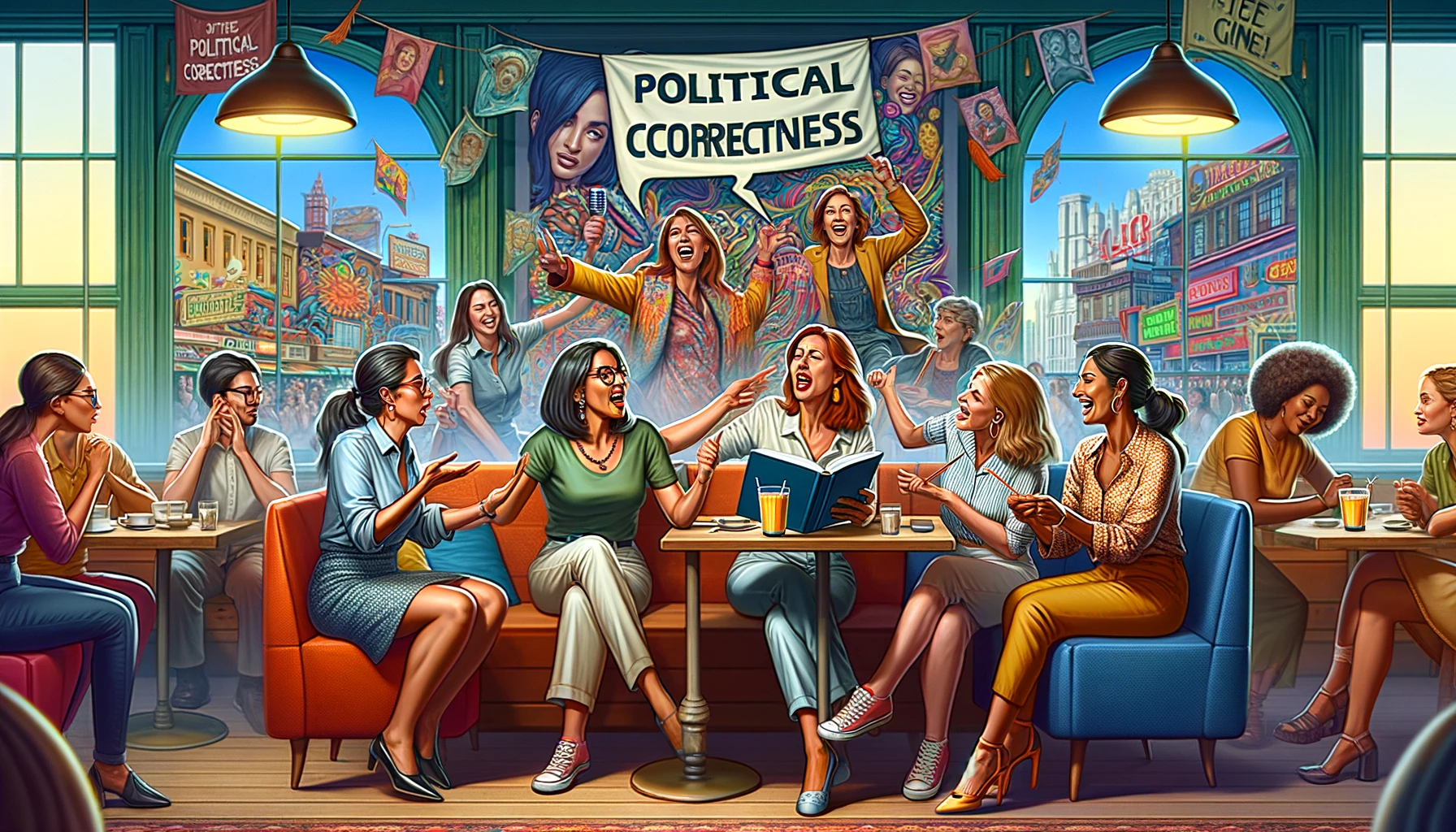Amma (Mata Amritanandamayi Devi) is an enlightened master with ashrams around the world, based in Kerala, India and San Ramon, CA. She has the largest humanitarian mission in human history and is known as a guru, with millions of followers and devotees around the world. There has been no soul on Earth with the magnitude of spirit equal to Amma’s, though there are other profound and lovely awakened masters throughout the world (and throughout time).
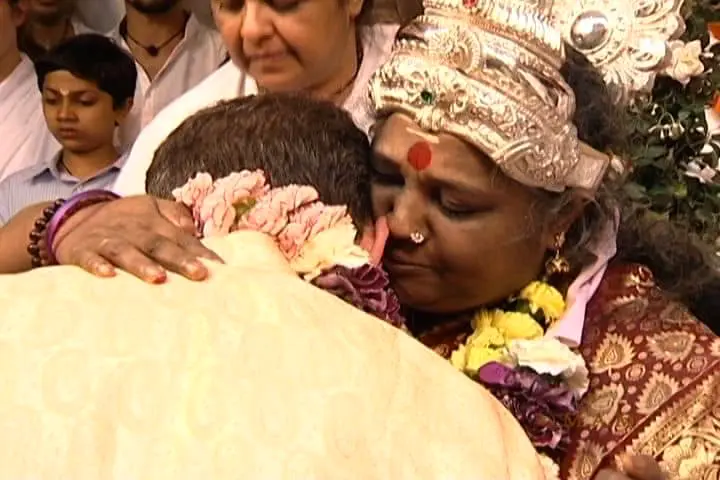
Meeting Amma: A Journey Into Awakening
When I first met Amma (Amma.org) 35 years ago, I didn’t know what to think or feel. I saw her in a tiny box of a room in the basement of the African-Methodist Christian Church in Central Square, Cambridge, MA.
Among seven other people and her two swamis, and upon feeling her immense and stunning inner beauty, I unknowingly fell into a prostrate position and cried most of the day in the corner.
Amma eventually gave me Darshan, her divine and loving and Selfless blessing, which, back in those days, was more like a full-body massage and cuddling. It lasted 20 minutes and I was high for a decade.
Of course, throughout the years, I continued to go back for more. And more, and more, and more. And then some more. And then, well, a lot more.
Amma awakened me to living a pure life, which took me quite some time to adopt. She provoked in me many questions about the ego and Self. Later, Amma would ask me to open for her at a variety of her retreats with my playful take on spirituality and the new age. She said it would be helpful to break people’s obsessions with the mind and open their hearts to more joy and bliss. I did whatever She asked of me – and still do.
Do We Have to Seek Enlightenment? Or Is It a Choice?
We are not required to seek enlightenment—liberation from Samsara (the cycles of birth, life, death, rebirth, and desires). The path of Self-realization is a choice. No one is pushing us to pursue liberation (Moksha). We either deeply desire it, or we do not.
When we choose the path to seek enlightenment, we slowly begin to realize that our bodies, minds, thoughts, emotions, experiences, and conditions have little to do with our pure, divine Selves. And we can access this divine Self through a variety of spiritual practices (Sadhana).
We seek liberation because we understand that our personalities, comforts, desires, and projections are illusions, temporary to this life at best. We seek a deeper understanding of The Divine and the divinity embedded within us. In liberation, we are free from the desires and resulting suffering, and we embody pure love and light as an offering to the world.
Focusing On A Spiritually-Styled Life vs. Enlightenment: What It Means to Live a Spiritually-Styled Life
What then is the difference between choosing to live a lovely and spiritually-styled life and living a life focused on enlightenment and path to seek enlightenment (Self-realization, liberation from Samsara)?
These two lifestyles are related but distinct approaches to one’s spiritual journey. It’s a personal choice and it depends on what we believe about this life and this reality. We might desire spiritual comfort over illumination and we might believe that our lives are meant for a spiritually-styled experience. These, too, are choices.
“Self-realization is the knowing in all parts of body, mind, and soul that you are now in possession of the kingdom of God; that you do not have to pray that it come to you; that God’s omnipresence is your omnipresence; and that all that you need to do is improve your knowing.” — Paramahansa Yogananda
A Spiritually-Styled Life Often Focuses on Comfort and Validation
Both paths involve a commitment to growth and Self-awareness, but they have different objectives. One is focused solely on enjoying light, love, and spiritual interests, while the other is focused on being free of suffering for all time.
Here’s a breakdown of the differences between the two: on the path to seek enlightenment.
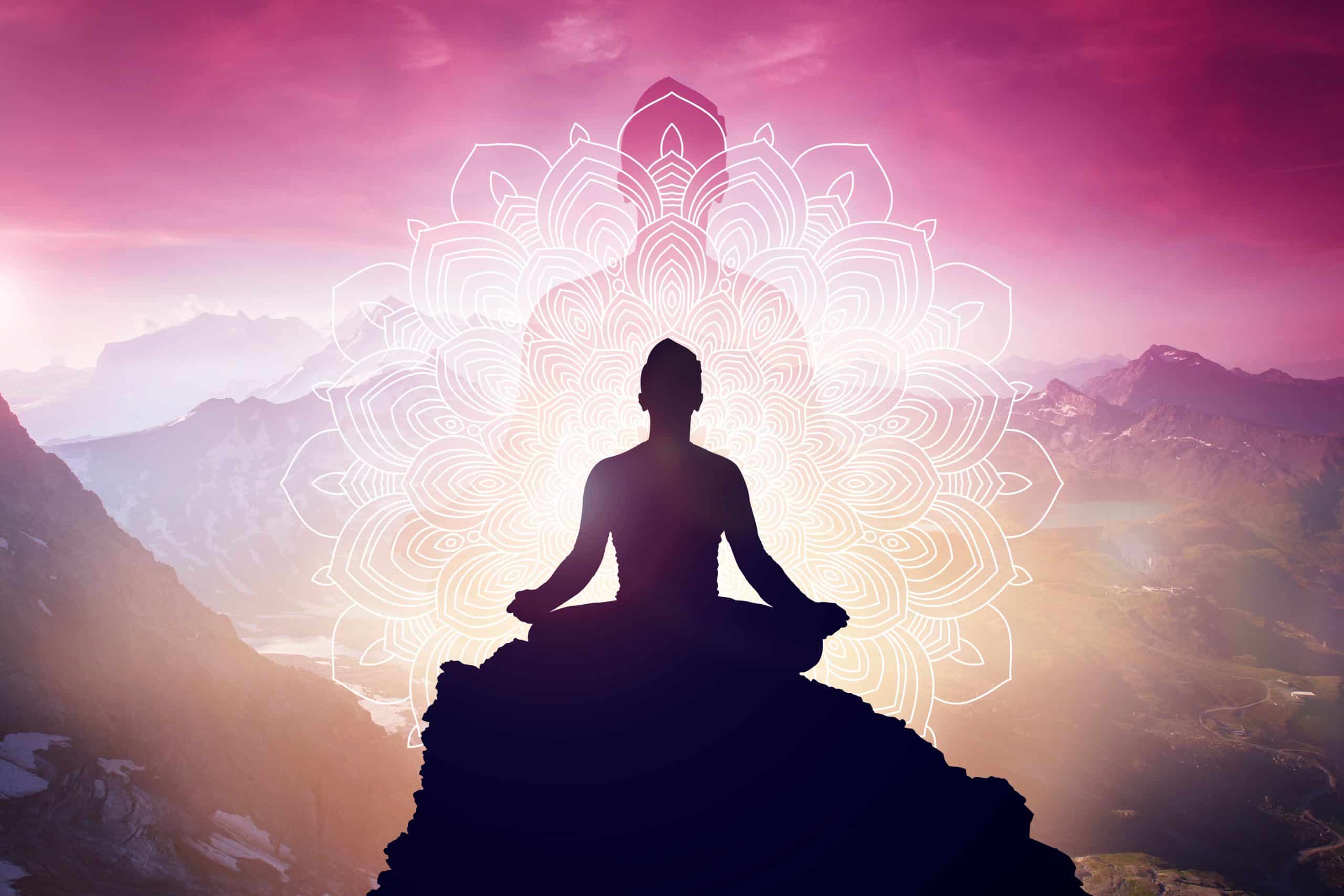
Living a Lovely Spiritually-Styled Life
Emphasis on Wonder and Beauty: A lovely spiritually-styled life places a significant emphasis on experiencing and savoring the beauty and wonder of life in its everyday moments. It values comfort and seeks spiritual meaning in daily experiences, relationships, and the natural world. While meaning appears vital, most of what we determine to be meaningful and comforting is fleeting.
Connection and Love: This approach prioritizes cultivating love and connection with the Self, others, and The Universe through imagination and projection. It often involves practices that promote empathy, kindness, and emotional well-being while also edifying the person or personality. This style of living requires a focus on thoughts, feelings, emotions, attitudes, and beliefs rather than seeking to transcend these aspects.
Appreciation of Beauty: Living a lovely spiritual life is characterized by an appreciation of beauty in all its forms, whether it’s in art, nature, music, or human interactions. Finding joy and gratitude in life’s simple pleasures is central to this approach.
Sharing and Talking: This seeker believes that sharing opinions and ideas with others is helpful to their spiritual evolution. The more they share with others, the more they can form a consensus of what is spiritual and true for them—and what is not. While this is a lovely sentiment, it creates a false sense of Self and reality. It also establishes firm footing for the proliferation of incorrect, inauthentic, and watered-down teachings, akin to a virus. In these circles, the perception of spiritual is not often associated with a pure, transcendent spirituality.
Focus on Validation: This style of living seeks to be validated as an individual having spiritual experiences. This validation often includes being seen and heard and wanting to be known for doing or being something specific with a spiritually-styled label, all related to spirituality. While this sounds empowering, it only empowers a false Self, and further separates the seeker from knowing their eternal essence and transcending their mind and ego.
Fascination with “Spiritual” Experiences: The individual is curious about specific and unusual phenomena, including flashes of light, connections to alien civilizations, ghosts, magic rocks, conspiracies, and psychic abilities, all of which are interesting, though not spiritually illuminating, and not indicative of advancement on the spiritual path to seek enlightenment. These aspects are the shiny trinkets of the spiritual world, more appropriate for younger people and beginners on the spiritual path. That said, many people cling to these things and defend them as their saviors.
“Spiritual materialism is the belief that a certain temporary state of mind or a certain temporary realization is the final reality. But spiritual materialism is the greatest spiritual problem there is.” — Chögyam Trungpa
Comfort and Warm Feelings Required: To be on this path includes seeking and enjoying specific and warm feelings about the Self and various imagined and non-imagined experiences. There is a focus on achieving comfort. While mind, feelings, and emotions are illusions, these are of primary interest even if it may not seem to be so. If they don’t feel good or comforted, they do not feel “spiritual” or spiritually inclined.
Mindfulness and Presence: Practicing mindfulness and being fully present in each moment is a core aspect of living a lovely spiritual life. But mindfulness is only transcendent when we remove ourselves from the picture. With mind, ego, and persona immersed in our mindfulness, we are attempting to affair the small self rather than dissolve our projections around it.
Identifying With The Personality: The pursuit often can result in an identification not with The Divine, but with the divinity or divine aspects of their personality and how they present themselves to the world. This involves ego identification with a Self-concept that is distinct or unique compared to others, which is contrary to the path of seeking enlightenment. It might also mean that these seekers ego-identify with socially approved and agreed-upon sets of “spiritual personas.”
There Are No Gurus: These seekers often feel they do not require an enlightened master as their guru, believing they are the master of their lives and that’s good enough. While they might enjoy a spiritual teacher who might be known to be an enlightened master, they will rarely call themselves devotees, and therefore, never experience the humility often required for growth and God’s grace.
Balanced Living: This approach seeks balance and harmony in all aspects of life, including work, relationships, and Self-care. It often encourages practices like yoga, meditation, and conscious living to maintain this balance.
Challenges of Living a Spiritually-Styled Life
The challenge with this pursuit is the focus on feelings, experiences and projections, which are temporary and imagined. This a never-ending cycle that prevents the soul from transcending the small self and merging with Consciousness. Eventually, a true seeker dissolves all the emotions from the past and all the projections into the future to be fully present to All Reality in every moment.
There is also no spiritual master in this pursuit, which defies the simple required of being humble and present to that which can help us illuminate. Oftentimes, the leaders of this type of path are no more evolved, intentional, or spiritually focused than the students.
When every idea or thought is considered “wonderful,” the purest teachings might appear too intense or unnecessary to the seeker, and therefore, these are not regularly shared amid their socializing.
You might say, “Well, I’ve been doing this for a long time, so it must be correct.”
Sadly, it is impossible for this to be true. In most cases, people are taught by novices with only slightly more awareness and consciousness than their students. These seekers are also so full of information they prefer to defend; they miss out on the deeper teachings and that which will help them illuminate for all time.
“Enlightenment is not about becoming divine. Instead, it’s about becoming more fully human. It is the end of ignorance.” — Amma
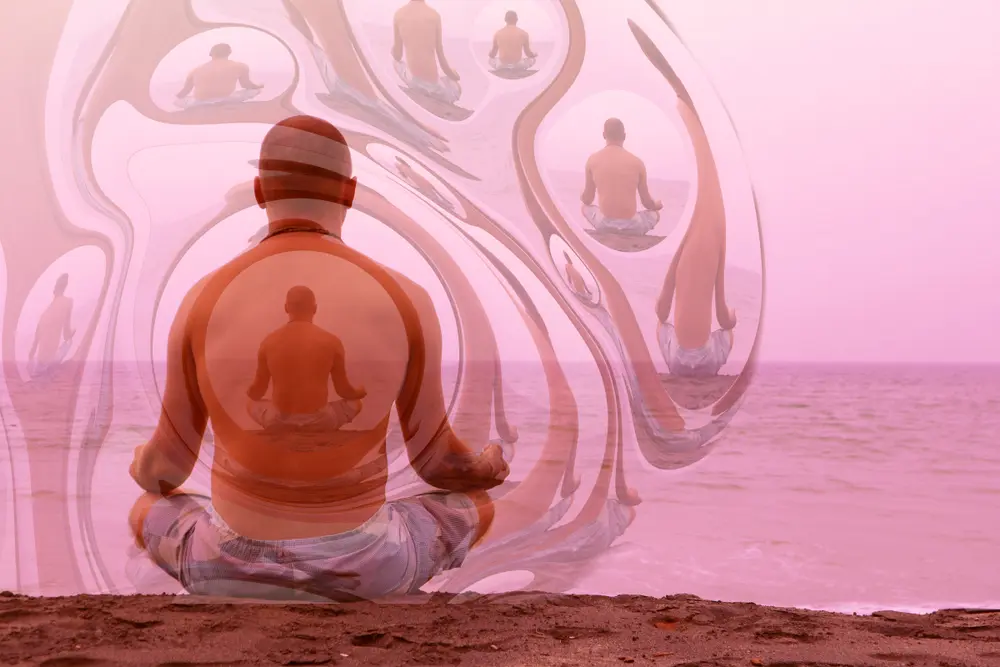
Living a Life Focused on Enlightenment: What Does It Mean to Live a Spiritually Enlightened Life?
Emphasis on Self-Realization: A life focused on enlightenment places the primary emphasis on Self-realization and liberation from the cycle of suffering (Samsara). The pursuit of wanting to seek enlightenment is viewed as the ultimate goal of existence by the ancient sages. Those seeking enlightenment and illumination in this way focus on spiritual practices including prayer, meditation, yoga, and chanting in Sanskrit.
Transcendence of Ego: Those who seek enlightenment often center on transcending the ego and realizing one’s true nature, beyond all labels, titles, and positions. This is often described as the merging with or becoming pure consciousness – or experiencing oneness with The Divine. This path involves going beyond the limitations of the Self and all aspects of identification with the external. As such, we come to know deeply the true nature of the I and Me, thereby releasing our spiritual identity and other limiting Self-concepts.
Focus on Solitude and Silence: The enjoyment of silence as an opening to Self-inquiry is a primary focus . Without silence, the soul cannot expand into light.
Intensive Spiritual Practices: Those on the path to seek enlightenment engage in rigorous spiritual practices such as deep meditation, Self-inquiry, and the release of binding and troubling desires, attachments, thoughts, and emotions. These spiritual practices are designed to dissolve the ego and reveal higher states of consciousness and eventually to become a pure embodiment of love.
Releasing Everything, Including Comfort: On this path there is a focus on releasing emotions, attitudes, beliefs, and comforts in favor of deep clarity, transformation, Self-reliance, and eternal truths taught by the ancient spiritual masters. The seeker does not focus on what is trending, what is feeling or comforting, or what they are becoming – they are focused on remembering they are NOTHING.
Gratitude for Everything: The focus on gratitude dissolves every event and circumstance into a gift from The Divine. Being grateful for both the good and bad equally helps the individual understand the value of challenges and the impermanence or temporary nature of all conditions.
The Importance of Gurus and Enlightened Masters on the Path to Liberation
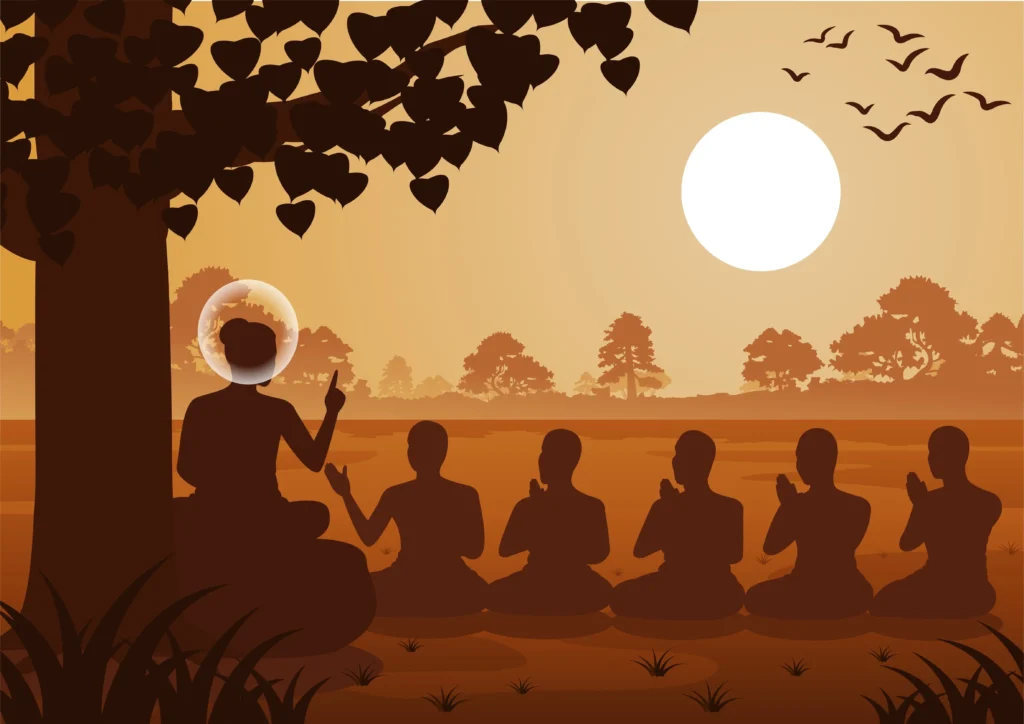
Gurus Are A Must: The seekers focused on enlightenment often declare themselves devotees or disciples of one specific enlightened master. These masters are often in the Indian lineages found within Hinduism, though there are certainly many devotees to Buddha, Guan Yin, and Jesus (though most followers of Jesus do not transcend the limiting belief that He did not offer the sole path to The Divine.
Enlightened masters throughout spacetime include Amma (https://amma.org/), Mother Meera, Anandamayi Ma, Paramahansa Yogananda, Babaji, Buddha, Chogyam Trungpa, Thich Naht Hahn, and many others. Whether living or deceased, they are present for all time.
Seekers in this category are devout to their spiritual masters because they know that to worship the rose is to become the rose. Through this devotion, they learn to transcend their ego.
The guru drenches the devotees in grace and resolves to help them seek enlightenment. This includes presenting devotees with spiritual challenges within their hearts, minds, and dreams, helping them release all that is untrue and illusory so they may merge with and live from their divine natures.
A truly enlightened master – a REAL guru – is one who finally and forever leads you from darkness and shadows to pure light, ignorance to awareness and presence, and from separation from your divine Self to oneness with all Creation. Devotion to such a divine and illuminated Being is the key to spiritual awakening and Self-realization. Devoting oneself to an enlightened master is akin to taking a supersonic jet to your liberation. Seek these souls out and devote your WHOLE BEING to them.
Samadhi: The Blissful State Beyond Ordinary Consciousness
Moments of Samadhi: Samadhi is a rare and advanced state of consciousness whereby the seeker experiences intended or spontaneous periods of immersion in Divine Bliss. These are often accompanied by extensive sitting around an enlightened master or deeply intentional periods of deep meditation.
Detachment from Worldly Fascinations: Those who seek enlightenment typically enjoy detaching from worldly obsessions, desires, and cravings. This detachment is seen as a way to free the mind from suffering and achieve lasting inner peace. It is also a natural evolution for a devotional soul to become less fascinated with the external and more interested in the eternal.
Sole Focus on Liberation: The ultimate objective of a life focused on enlightenment is attaining spiritual liberation (Moksha or Nirvana), though holding too intensely to any goal or desire can be limiting. With a gentle focus and daily practice of Sadhana, the seeker experiences a profound shift in consciousness, often associated with a deep healing and inner transformation.
Transcend Human Birth: The idea of Moksha includes the next birth, if any, being immersed in service as pure love rather than as a human being with desires.
Becoming Pure Love: In pursuit of Moksha, the individual prays to be free of all Self-identification and fully immersed in the divine love that permeates all reality throughout spacetime.
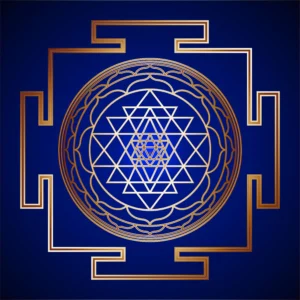
Challenges of Living an Enlightened Life
The challenge with this path is that it often includes seclusion or separateness from traditional society. It will naturally cause the seeker to make choices that do not support the imagined importance of family, society, and culture.
While this can induce a deep knowing of the Self and The Divine, eventually freeing the individual from all illusion, it can create feelings of loneliness that manifest in periods of deep depression and continuous crying, all of which eventually lessen but are nonetheless painful to experience.
This type of seeker might appear antisocial, Self-righteous, or arrogant because they are deeply focused on their goal. They might be so intent on freeing their shadows that they miss out on the beauty of a nearby butterfly sharing her joy with all of Creation.
“The individual soul is only a shade of the Reality. When it merges into the Reality, it is the Reality itself; it has nothing more to be merged into. This is realization.” — Ramana Maharsh
Get Help on Your Path with Spiritual Practices
If you’re hoping to become enlightened in this life, explore Sadhana—the spiritual practices that will help you along this path. This includes yoga, meditation, prayer, rituals, Self-inquiry, chanting in Sanskrit, and selfless service—all to quiet the mind and immerse your soul in light.
To deepen your path, seek out an enlightened master like the ones I shared above so that you always have the perfect master during your journey.
Enlightened masters and individuals radiate a profound embodiment of love for all beings. By aspiring to be more like them, we eventually become them. This is the idea.
These divine souls embody a deep desire to alleviate the suffering of All Creation. Through their presence, they become sources of inspiration and who have a transformative impact on the world. As embodiments of love, they emanate divine light to everyone who comes to them.
“Samadhi is the culmination of all Yogas. It is a state of superconsciousness, a state of internalized consciousness wherein the mind and the intellect have merged into the Self, and the individual soul has united with the Supreme Soul, Atman with Paramatman.” — Swami Sivananda
Samadhi is a significant concept in various Eastern spiritual and philosophical traditions, particularly in Hinduism and Buddhism. It is a profound state of divine absorption, often considered the highest stage of meditation and Divine Bliss, depending on who experiences it. It represents a dissolution of the Self, and a heightened state of divine consciousness.
Samadhi involves an unwavering and profound concentration on a chosen object of meditation. This concentration is so intense that the meditator becomes completely absorbed in the object, to the point where the sense of Self and external distractions disappear.
It’s also quite possible to experience Samadhi when sitting near an enlightened master. It can also happen when you are immersed in divine play, divine love, or a divine practice.
In Samadhi, the mind is free from the usual fluctuations and distractions that characterize ordinary consciousness. It is a state of perfect stillness and one-pointedness of mind.
Many who experience Samadhi report feelings of intense bliss, joy, and inner peace. It is considered a state of profound happiness and spiritual fulfillment.
Time can take on a different quality in Samadhi. Some practitioners report that minutes or even hours may pass quickly or slowly during this state.
Samadhi represents a direct and profound experience of spiritual truth and liberation. It is a rare and advanced state of consciousness that typically requires years of dedicated meditation practice, guidance from an enlightened master, and a deep understanding of the specific techniques associated with it. The core idea is the same: a state of deep meditative absorption and union with a higher reality, fully immersed in Divine Bliss.
“Spirituality is not learning a lot of scriptures; it is not having a lot of knowledge. It is not having a lot of powers or siddhis. It is just love—pure love, all-encompassing love.” — Mother Meera
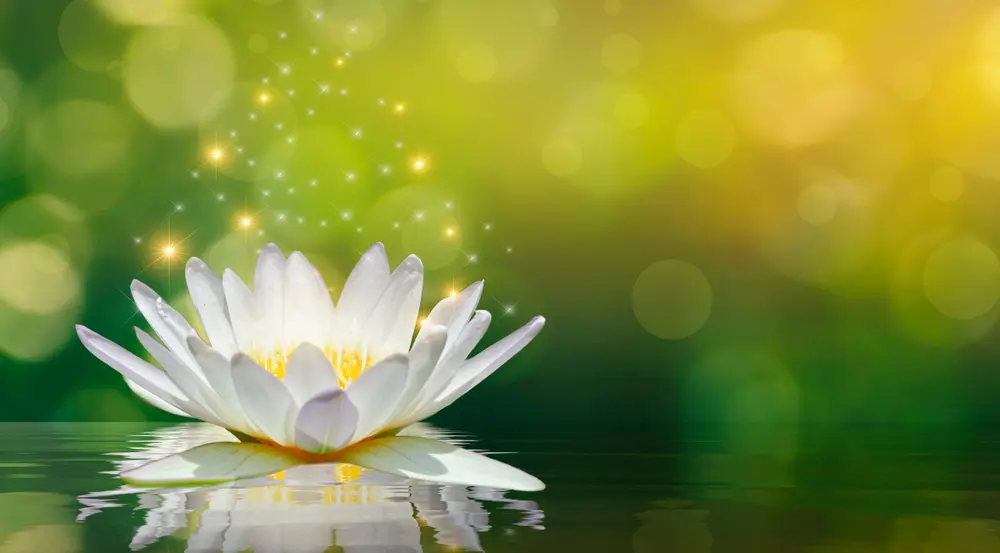
Choosing the Right Path for You
With so many faux spiritual messages out there, it can be difficult to choose a path to our illumination that will be the most real, genuine, and fruitful. After all, we are continually fooled by our senses and the external. We want to believe everything we believe—especially if it makes us feel good.
Your soul’s comfort is solely found in connecting with your inner master, The Cosmos, The Divine, and The Eternal Consciousness, and never in the fleeting or egoistic pleasures of this world. All other feelings of comfort are imagined.
While the paths of Spiritually-Styled living and living focused on a path to seek enlightenment involve spirituality and personal growth, living a lovely spiritually-styled life emphasizes experiencing, accumulating, and appreciating the beauty of existence. It involves the seeking of comfort and positive emotions. This person’s idea of rebirth involves becoming happy and peaceful in this life without focusing on the full trajectory of their soul’s existence amid its many lives.
While this seeker tends to believe they know everything they need to know, this mindset might involve not being open or vulnerable enough to receive or fathom divine teachings, guidance, or grace.
A life focused on enlightenment prioritizes Self-realization, transcending the ego, and attaining spiritual liberation from all desires and suffering as the ultimate goal. These aspirants often have a guru or enlightened spiritual master.
They are focused on The Dharma, virtue, discipline, and earnest effort through Sadhana, the spiritual practices that are known to free the soul (yoga, meditation, chanting in Sanskrit, Selfless service, and prayer).
How to Choose the Right Spiritual Path for Your Soul’s Journey
The choice between these paths depends on individual preferences, goals, and spiritual beliefs. Some may integrate elements of both approaches into their spiritual journey. Some might also be confused about what they hope to achieve or become, not fully understanding the attributes and endpoints of their paths.
It might be said that a spiritually-styled life is the precursor to the path to seek enlightenment. Some might even dance between the two lifestyles, though the dance between the two can be more frustrating than enjoyable.
I believe that our liberation emerges when we release our attachments to the past and future and fully immerse ourselves in the ever-present moment. This is where we meet our inner master and the Divine Being manifested as Creation so that we may heal and expand for all time.
It is the Divine Mother, The Divine Father, and the Eternal Light-Beings who offer us the keys to our liberation and the boundless bliss embedded in all reality.
Last updated: Sept. 10, 2025





